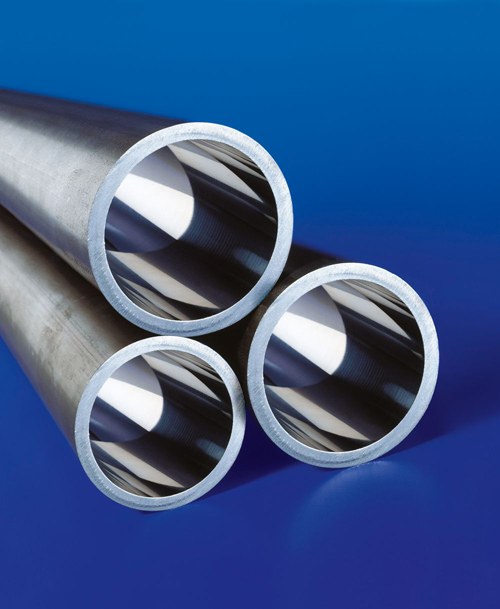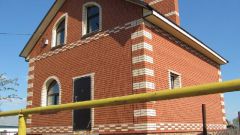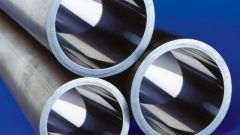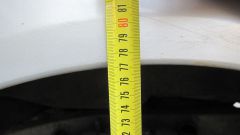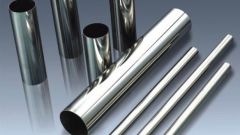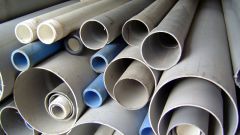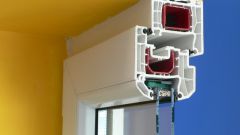Instruction
1
If you want to find the area of the surface of the pipe, you have to take into account the thickness of its walls. You will need to calculate and add up the area of external and internal lateral surfaces as well as the same indicator for both ends. To do this, using calipers, ruler, centimeters or some other measurement tool determine the outer diameter (D) wall thickness (w) and length (l) of the pipe.
2
Calculate the area of the outer surface. If you imagine it in the scan, it will take the form of a rectangle one side of which is equal to the length of the pipe l. The value of the other hand determine by multiplying the outer diameter D on the number PI is the formula for the circumference of a circle. Multiply these values and you will get the area of the outer surface of the pipe: l*π*D.
3
Calculate the area of the inner surface. The formula is the same obtained in the previous step, but replacing the outer diameter on the inside. Calculate it, subtracting from external twice the wall thickness: D-2*w. Make the appropriate amendment to the formula: l*π*(D-2*w).
4
Determine the area of the end surfaces of the pipe - they can be represented by rings with a known external and internal diameters. The surface area of such geometric shapes is computed by multiplying the number PI by the difference in squared radii (half the diameter): π*((D/2)2-((D-2*w)/2)2) = π*(D2/4(D/2-w)2) = π*(D2/4-D2/4+D*w-w2) = π*(D*w-w2).
5
Fold the resulting values of the areas of all the four surfaces: l*π*D + l*π*(D-2*w) + 2*π*(D*w-w2). Substitute in the formula are measured in the first step the values of diameter, length and wall thickness and calculate the required area of the complete surface of the pipe. If it is necessary to calculate only the magnitude of the external or internal space, just eliminate from this formula with unnecessary components.
